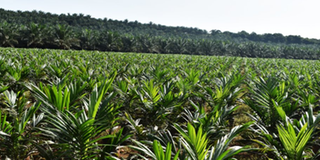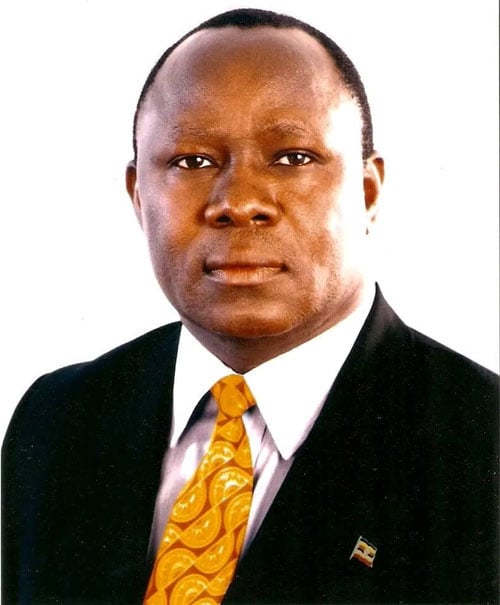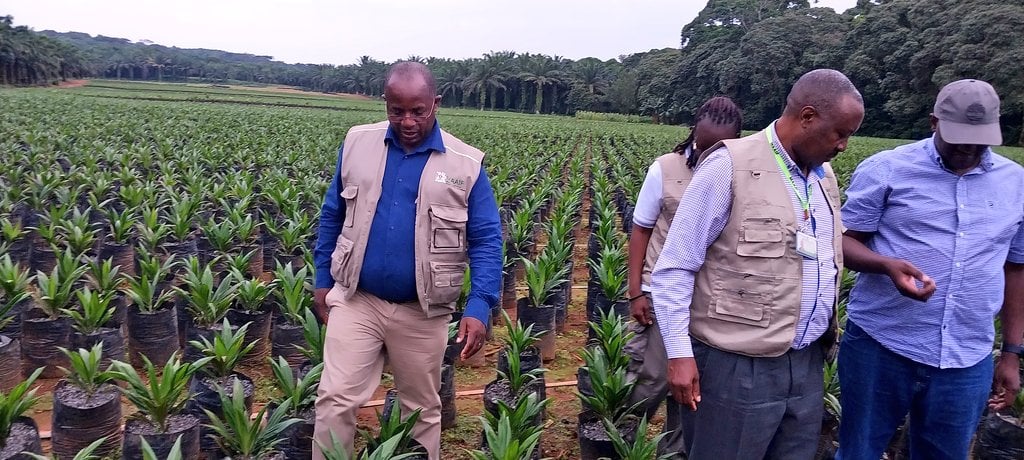Prime
Hope as Kyotera oil palm project takes shape

An oil palm field in Kalangala District. PHOTO/FILE
What you need to know:
In October 2021, the government embarked on reclaiming Sango Bay Estate land measuring 247 square miles for oil palm growing, a project expected to create about 20,000 jobs for youth, especially from Kyotera and Rakai districts
Residents of Kyotera District can now be assured of seeing the long-awaited oil palm project kick off following the setting up of nursery beds in the area.
In October 2021, the government embarked on reclaiming Sango Bay Estate land measuring 247 square miles for oil palm growing, a project expected to create about 20,000 jobs for youth, especially from Kyotera and Rakai districts.
The land covers the sub-counties of Kabira, Kakuuto, Mayanja Kyebe, Mutukula, and Kasensero in Kyotera District, and part of it previously harboured refugees.
According to Mr Paul Ntambaazi, the oil palm project focal person in Kyotera District, the project is expected to commence in July.
“We are currently engaging our growers who have shown interest in working with us and seedlings will be provided as soon as they are ready. We have also begun opening feeder roads in different areas heading to where planting is expected to take place,” he said during an interview on Sunday.
Mr Ntambaazi explained that at least 1,200 outgrowers have registered with them, of whom 666 have been profiled and their land surveyed.
A source at the district also informed Daily Monitor that compensation for the project-affected persons (PAPs) is also in the final stages.
“The process of compensation was approved and soon the beneficiaries will be paid their money. There were some issues, especially with some people who wanted more than what was planned, but all these have been handled,” the source explained.
However, Mr Apollo Mugume, the Kyotera resident district commissioner, said compensation on Sango Bay land will only go to the farmers who had planted their seasonal and temporary crops.
“We don’t have any people to compensate with permanent structures because the land belongs to the government. We have around 300 people whose payments are in the final stages as we wait for the project to start,” he said.




